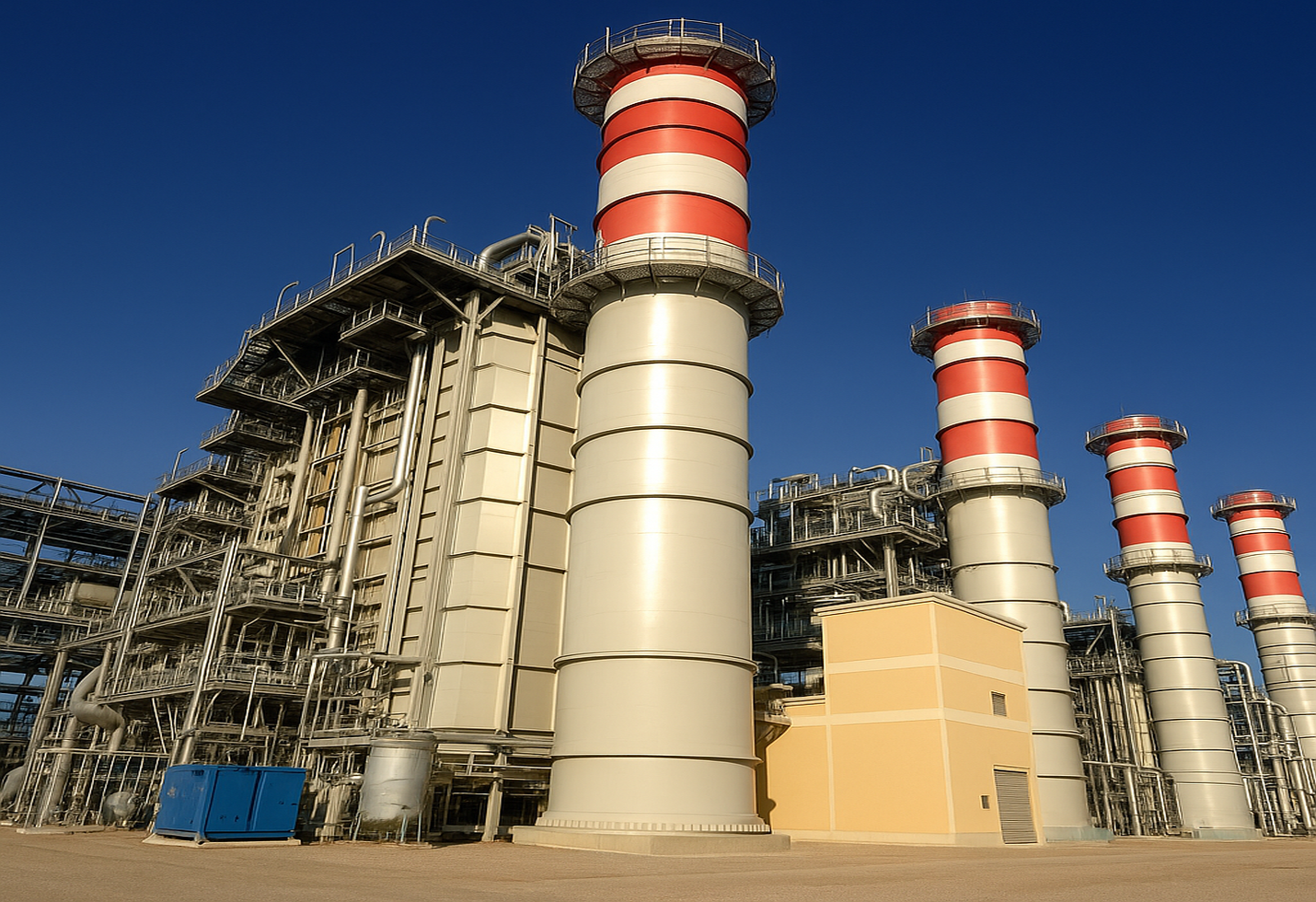Suzlon Energy Ltd: PAT rose 538% YoY to ₹1,279 crore, revenue jumped 85%
Suzlon had a very strong Q2 FY26. Revenue grew sharply and operating profit (EBITDA) rose a lot, which together with a deferred tax benefit resulted in a very large jump in PAT to ₹1,279 crore. The company also reported higher deliveries, a much bigger orderbook and a healthy net cash position. All figures below are from Suzlon’s Q2 FY26 press release on the company’s website.
*Headline numbers (Q2 FY26 vs Q2 FY25)*
* Revenue from operations: ₹3,866 crore (up 85% YoY)
* EBITDA: ₹721 crore (up 145% YoY)
* EBITDA margin: 18.6% (vs 14.1% in Q2 FY25)
* Net finance cost: ₹83 crore (vs ₹38 crore in Q2 FY25)
* Profit before tax (PBT): ₹562 crore (up 179% YoY)
* Profit after tax (PAT): ₹1,279 crore (up 538% YoY). The PAT includes recognition of incremental Deferred Tax Assets (DTA) of ₹717 crore recognised in Q2
* Net volumes (deliveries): 565 MW in Q2 FY26 (vs 256 MW in Q2 FY25 and 444 MW in Q1 FY26)
* Orderbook: Crossed 6.2 GW (2+ GW additions in H1 FY26)
* Net cash position: ₹1,480 crore as of 30th September 2025
* Manufacturing capacity: India’s largest domestic wind manufacturing capacity at 4.5 GW.
*Financial takeaways*
* Topline jump: Revenue increasing 85% YoY to ₹3,866 crore shows much higher deliveries and stronger WTG (wind turbine generator) sales. This is the main driver of the quarter.
* Operating leverage: EBITDA rose 145% to ₹721 crore and margin improved to 18.6% (from 14.1%). That means Suzlon earned more from each rupee of sales.
* Tax benefit amplified PAT: The PAT surge to ₹1,279 crore is materially helped by a ₹717 crore deferred tax asset recognition in the quarter — this is a one-time accounting benefit that boosted reported PAT. Underlying PBT was ₹562 crore (up 179%), which is strong but smaller than the PAT jump implies.
* Delivery momentum and demand: Highest-ever Q2 India deliveries (565 MW) and an orderbook crossing 6.2 GW indicate robust near-term revenue visibility.
* Balance sheet: Net cash of ₹1,480 crore is a positive — it suggests Suzlon is in a net liquidity position going into the rest of FY26.
*Deeper financial insight (Q2 FY26 vs Q2 FY25 vs Q1 FY26)*
* Net volumes: 565 / 256 / 444 MW
* Revenue: ₹3,866 / ₹2,093 / ₹3,117 crore
* EBITDA: ₹721 / ₹294 / ₹599 crore
* EBITDA margin: 18.6% / 14.1% / 19.2%
* Net finance cost: ₹83 / ₹38 / ₹70 crore
* PBT: ₹562 / ₹202 / ₹459 crore
* PAT: ₹1,279 / ₹201 / ₹324 crore
*Management commentary*
Management highlighted record Q2 deliveries in India and a 6.2 GW orderbook, and said the strategy of separating project development and execution would help scale.
*Conclusion*
The company delivered a strong operational performance this quarter, more turbines delivered, higher revenue and much better EBITDA. That’s clear from the volume and margin numbers. The huge PAT number is partly because of accounting recognition of deferred tax assets (₹717 crore). So, when you look at underlying earnings, PBT growth (179%) and EBITDA improvement are the cleaner signals of business momentum. The orderbook (6.2 GW) and net cash (₹1,480 crore) are reassuring for future quarters — plenty of work in the pipeline and liquidity to execute.
The image added is for representation purposes only




